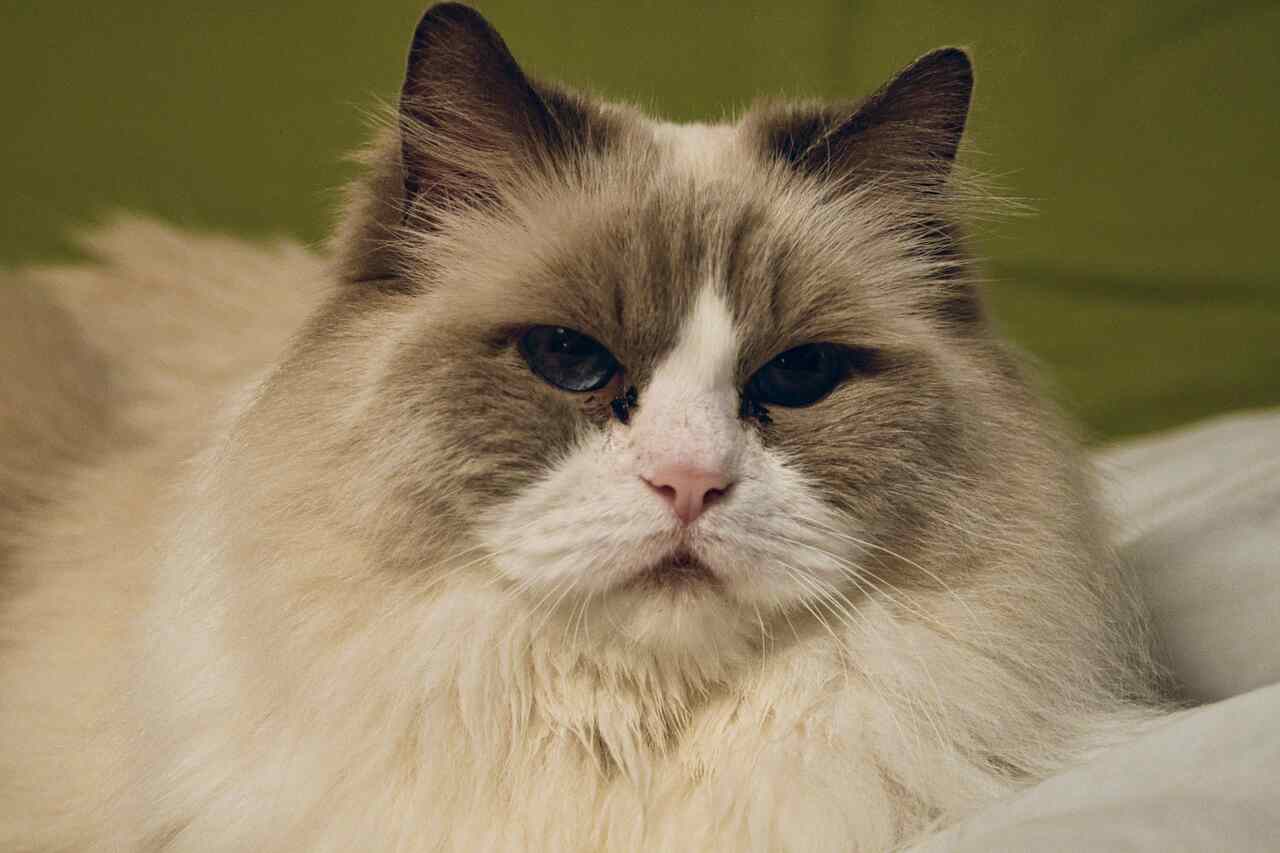
Similar to an engine, a cat’s purring is one of the most enigmatic behaviors of felines.
+ Meet the ‘exaggerated’ cat breed that sparks health discussions
Although it’s a common sound for cat owners, this multifaceted behavior goes beyond a simple signal, sparking curiosity about its reasons and functions. Bruno Alvarenga, Professor of Veterinary Medicine at the Centro Universitário de Brasília (CEUB), explains the myths and truths surrounding this behavior of most domestic cats.
Alvarenga explains that the phenomenon is a characteristic sound of cats, occurring at a frequency of 25 to 30 Hz. Researchers from various countries, such as Australia, Switzerland, and the Czech Republic, have studied the vocal cords of domestic cats and discovered structures resembling “pads” that add an extra layer of tissue to the vocal cords. “This allows them to vibrate at low frequencies, producing the classic purring sound.”
Here are 5 interesting facts about purring:
- Often associated with a cat’s well-being and happiness, purring contributes to the proper functioning of their immune system. Hearing a cat purr gives a sense of satisfaction as you see the animal is happy and healthy. “A purring cat expresses contentment, reinforcing the beneficial relationship between it and its owner. This mutual affection and companionship are advantageous for both parties, promoting physical and mental well-being,” highlights Alvarenga.
- Don’t worry if your cat doesn’t purr! It’s not always a cause for concern, says the CEUB veterinarian: “Many cats simply don’t purr because they haven’t learned to. What’s important is ensuring the cat’s environment is healthy and safe, fostering a happy and balanced relationship between the cat and its owner.”
- Purring can also occur in situations of pain or discomfort, serving as a way for the cat to calm itself. The behavior may accompany vocalizations of requests, such as when the cat asks for food or attention. “Cats are experts at conditioning their owners. Many combine purring with meowing to get what they want, whether it’s a treat or fresh water from the tap,” comments the professor.
- Purring behavior is largely learned through interaction with the mother in the first days of life. According to the CEUB lecturer, mother cats purr to communicate quietly with their kittens, avoiding drawing the attention of predators. “Kittens that haven’t had contact with their mother or come from less domesticated lines may not learn to purr or do so less obviously.”
- Changes such as alterations in diet, stool, or urination, or in activity level, may indicate health problems that should be assessed by a veterinarian. “Although there are still questions about purring, what we know is that it plays an important role in cats’ lives and in the bond they share with their owners,” concludes Bruno.
This content was created with the help of AI and reviewed by the editorial team.

